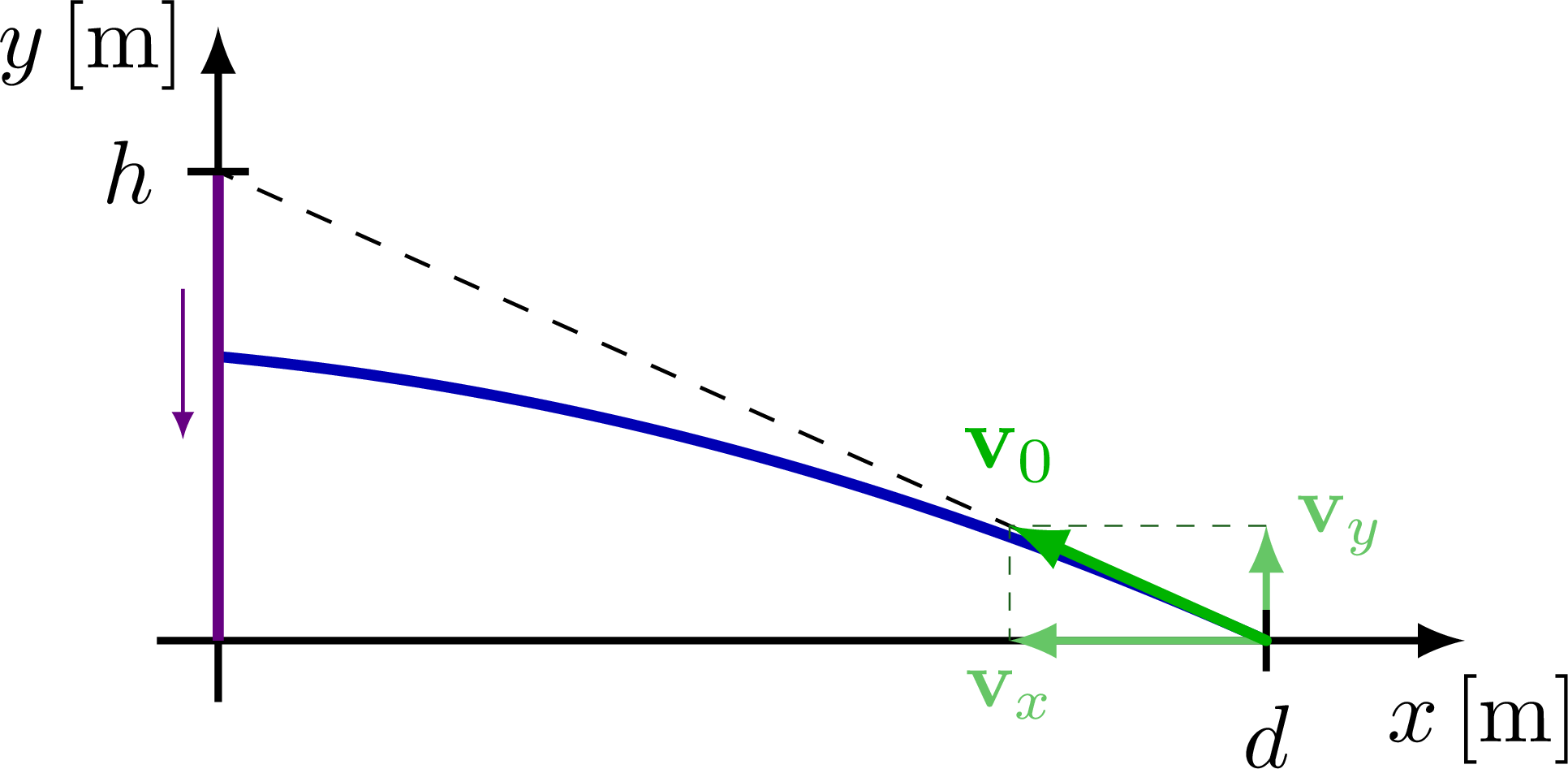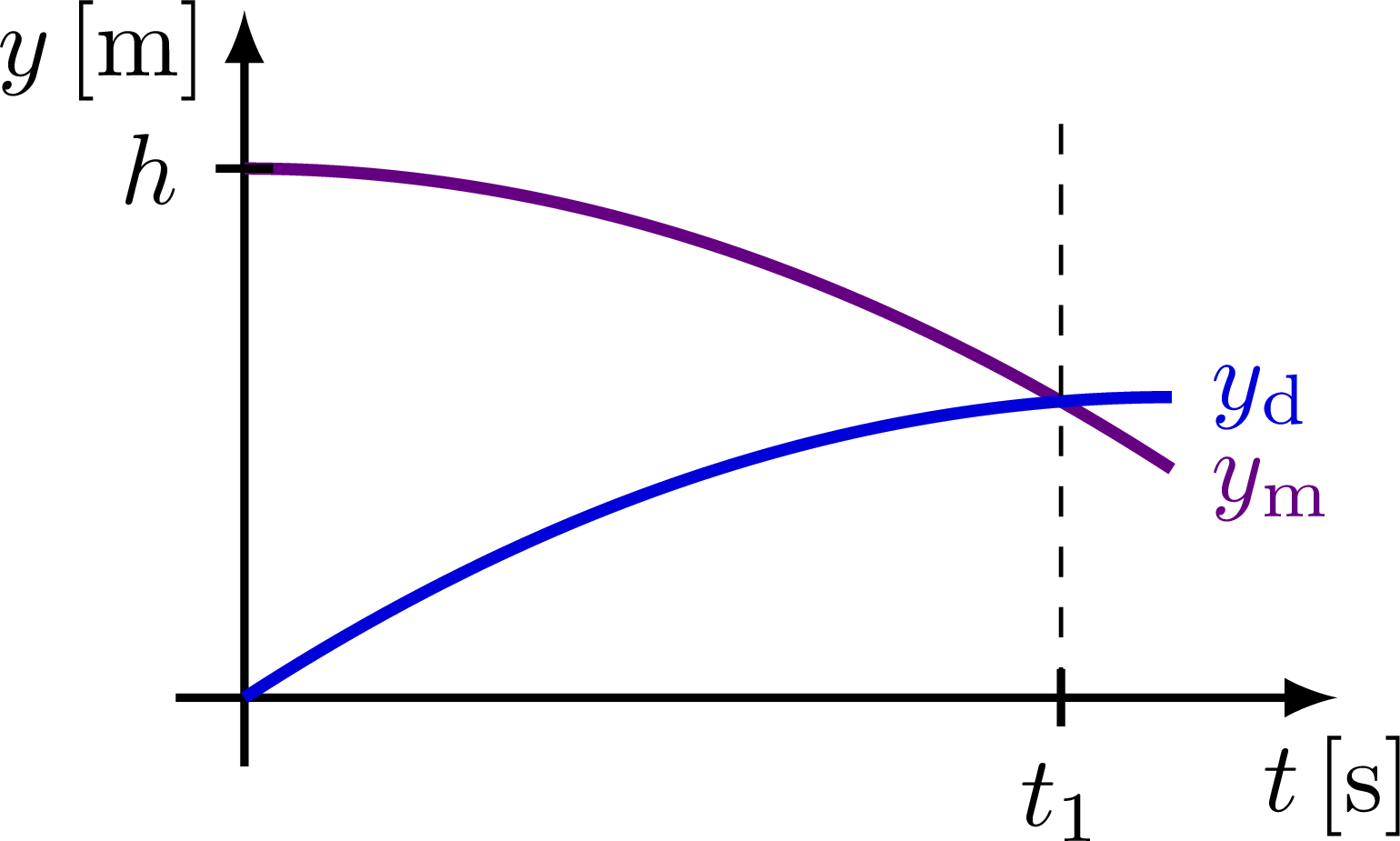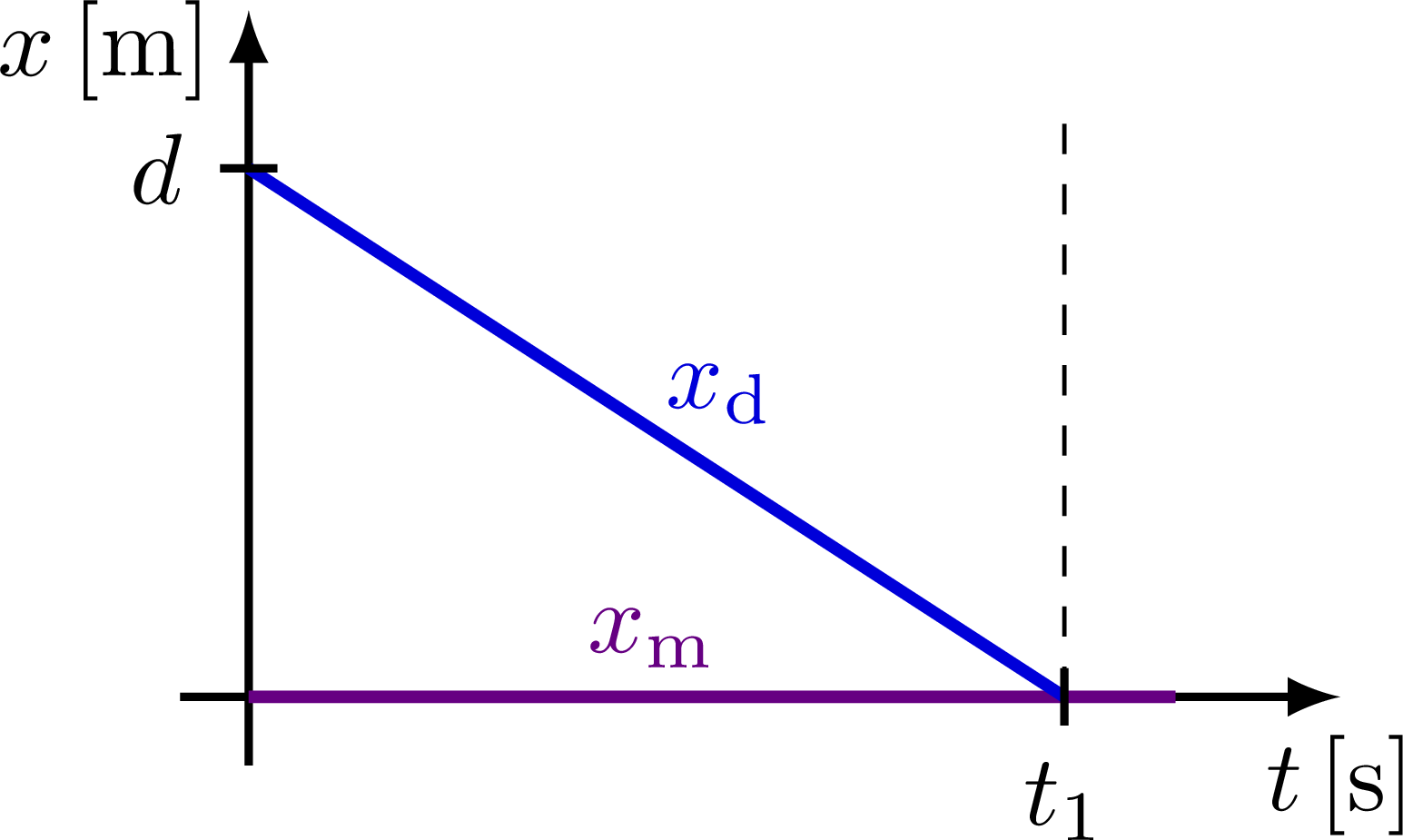Edit and compile if you like:
% Author: Izaak Neutelings (June 2020)% Inspiration: https://tex.stackexchange.com/questions/285578/how-to-draw-parallelepiped-and-cube-with-latex/288101#288101\documentclass[border=3pt,tikz]{standalone}\usepackage{amsmath}\usepackage{physics}\usepackage{siunitx}\usepackage{xcolor}\usepackage{etoolbox} %ifthen\usepackage[outline]{contour} % glow around text\usetikzlibrary{arrows.meta}%\usetikzlibrary{calc}%\usetikzlibrary{decorations.markings}%\usetikzlibrary{angles,quotes} % for pic (angle labels)\tikzset{>=latex} % for LaTeX arrow head\contourlength{1.6pt}\colorlet{myblue}{blue!70!black}\colorlet{mydarkblue}{blue!40!black}\colorlet{mygreen}{green!60!black}\colorlet{myred}{red!65!black}\colorlet{mypurple}{red!50!blue!95!black!75}\colorlet{xcol}{blue!85!black}\colorlet{vcol}{green!70!black}\colorlet{projcol}{vcol!90!black!60}\tikzstyle{wave}=[myblue,thick]\tikzstyle{xline}=[very thick,myblue]%\tikzstyle{vline}=[very thick,mygreen]%\tikzstyle{aline}=[very thick,mypurple]\tikzstyle{vector}=[->,very thick,vcol,line cap=round]\tikzstyle{mydashed}=[green!30!black!90,dash pattern=on 2pt off 2pt,very thin]\tikzstyle{mymeas}=[{Latex[length=3,width=2]}-{Latex[length=3,width=2]},thin]\def\tick#1#2{\draw[thick] (#1) ++ (#2:0.05*\ymax) --++ (#2-180:0.1*\ymax)}\begin{document}% POSITION - MONKEY vs. DART\begin{tikzpicture}\def\slope{0.65}\def\xmax{4.6}
Click to download: kinematics_trajectory_monkey.tex • kinematics_trajectory_monkey.pdf
Open in Overleaf: kinematics_trajectory_monkey.tex




